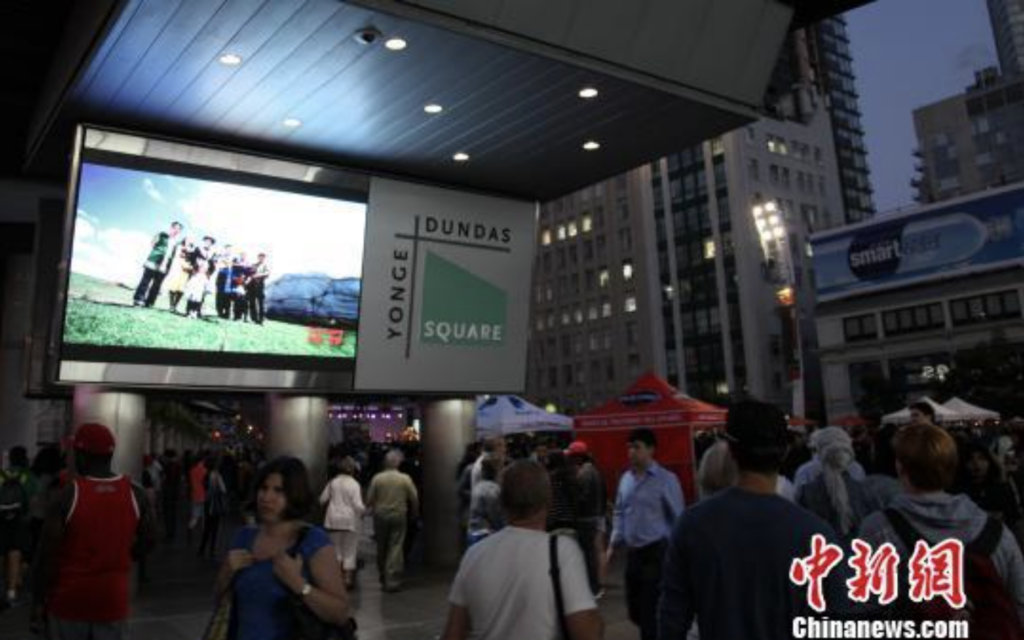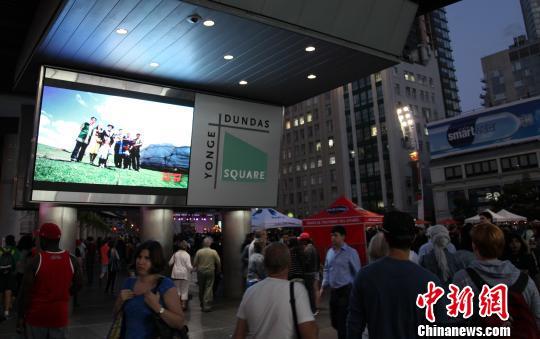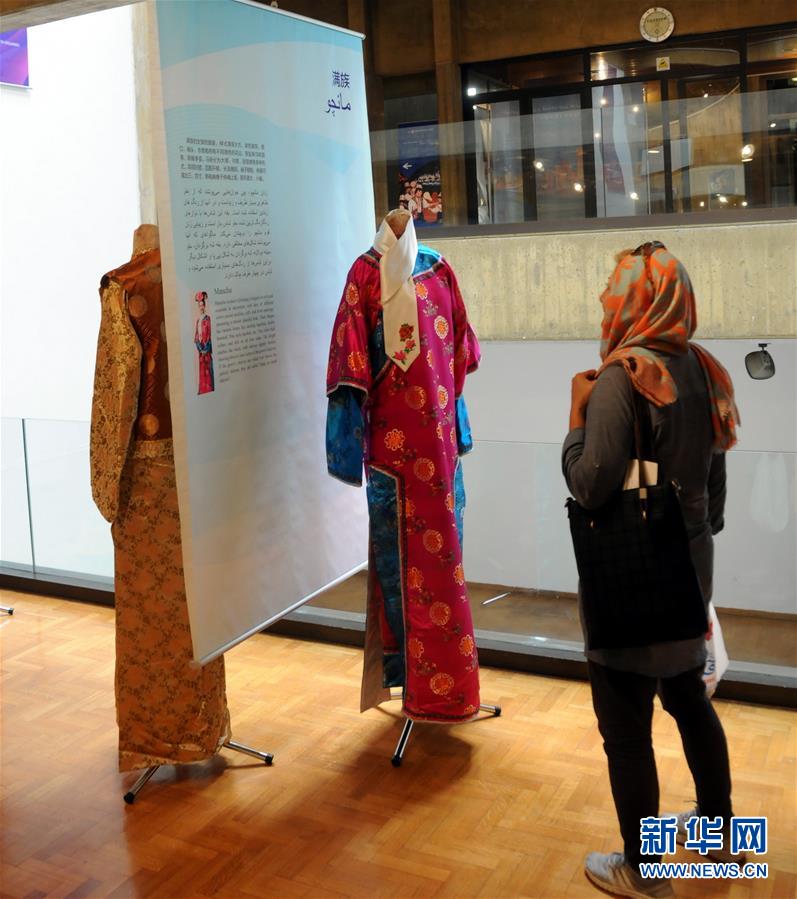The Government Puts a Positive Spin on East Turkestan at the China-Eurasia Expo

September 19, 2016
The fifth annual China-Eurasia Expo takes place this week in Urumqi from September 20th to 25th, giving the Chinese government a platform to present its economic vision for the region to an international audience of political and business leaders. This will be the first of these Expos to take place since Xinjiang was “positioned as the core area of the Silk Road Economic Belt,” in the words of the promotional video posted on the event’s official website. The promotional materials describe the event as “an important window for Xinjiang to show itself to the outside world”, but it serves mostly as a trade fair, touting deals signed and promising further “opportunities for industrial capacity cooperation” with nations from the Middle East, South Asia and Europe.
Organized by the Ministries of Commerce and Foreign Affairs together with the XUAR government and the Xinjiang Production and Construction Corps, the China-Eurasia Expo tends to downplay the Turkic cultural and religious ties that connect the region to the nations on its borders and beyond, in contrast to the biennial China- Arab States Expo held in Yinchuan, capital of the Ningxia Hui Autonomous Region. The Chinese government deliberately presents the Hui as their preferred “bridge” to the Islamic world, while repression of Uyghurs makes such messaging difficult. Despite the fact that for decades most of XUAR’s international trade has flowed westward, the Chinese government’s repressive policies make it difficult for them to capitalize on the Uyghur’s cultural and linguistic ties to their neighbors.
If the government’s One Belt One Road plans do in fact meet with success it will likely raise XUAR’s profile, and with it the attention paid to the government’s repressive policies. Beijing hopes that OBOR will placate Uyghur grievances by creating economic opportunity, but it is likely to lead to further marginalization as well as exacerbation of other problems such as environmental degradation. The Han are better positioned to take advantage of the opportunities OBOR presents thanks to their existing networks and easier access to capital, exclusion from which make it difficult for Uyghurs to be able to participate in the local economy. OBOR investment projects may encourage increased Han in-migration to the region as well as give Beijing a tool to influence the policy of nations in Central and South East Asia regarding whether to hand back Chinese nationals or generally buy into Beijing’s counter-terrorism narrative.
Nevertheless we can expect the government to try to put a positive spin on the situation. The region is almost always described as one of ethnic harmony in official propaganda; consider for instance a billboard that appeared earlier this month in Toronto’s Dundas Square “showcasing multiple ethnic groups living together in the region, in peace and harmony.” This can be fit into the pattern of Chinese government publicity efforts in North America including the South China Sea propaganda video played in Times Square.
Indeed, it may be that the Chinese government is beginning to try to more actively direct international perceptions of XUAR as part of the OBOR initiative. Such efforts tend to present the region as one “where different ethnic groups such as Uygur, Kazak, Kirgiz, Tajik and Mongolians have over time created the splendid music of harmonic life together in peace” in the words of a Xinhua report on the “2016 Experience China in Iran” cultural festival held in Tehran last month, organized by the XUAR government and the State Council Information Office. The festival also touted the economic opportunities OBOR presents to nations like Iran, promoting the textile industry with an exhibit of traditional dresses described as “ethnic beauties.”
This is part of a series of “Experience China” cultural festivals SCIO has held overseas, sometimes focusing on regions like Tibet, “Western China” or on Chinese minorities; this is the first to focus on XUAR, and the decision to hold it in Tehran was no doubt calculated as part China’s efforts to shape the Xinjiang narrative as the OBOR project moves forward. How successful it will be remains to be seen.


